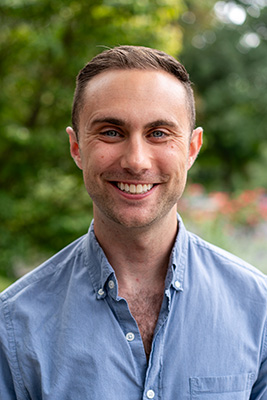Faculty Profile
Ty Vanover
Adjunct Faculty in Art & Art History (2023)Contact Information
Weiss Center for the Arts
717-245-1474
Bio
Professor Vanover teaches courses in global modern and contemporary art. He is a specialist in German and Austrian art and visual culture, the history of sexuality, and history of science. His current research focuses on visualization techniques deployed by early twentieth-century criminologists in the investigation of violent sexual crime; he is presently at work on an essay focusing on the artist Christian Schad that interrogates New Objectivity’s relationship to Weimar-era forensic science. In 2025, he received the Emerging Scholars Prize from the Nineteenth-Century Studies Association, and his essays and reviews have appeared in Arts, Ikonotheka, and the Oxford Art Journal. Forthcoming publications include a chapter on the artist Ernst Hildebrand in "Weimar's Queer Visual Cultures" (eds. Birgit Lang, Ina Linge, and Katie Sutton; University of Toronto Press, 2026). With Camilla Smith, he is the editor of the volume "Erotic Art in Modern Germany: Visual Cultures of Sex, 1871-1945," to be published by Bloomsbury in early 2026.
Education
- B.A., The University of Virginia, 2016
- M.A., The Courtauld Institute of Art, University of London, 2017
- Ph.D., University of California, Berkeley, 2023
